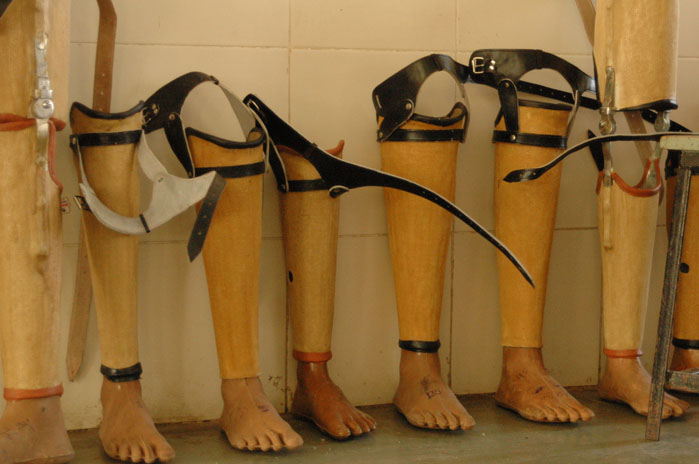Jaipur Foot: A Low-Cost Prosthetic That Walks the World.
- birulysandli09
- Oct 3
- 2 min read

The Jaipur Foot is one of those Indian creations that carries a story much bigger than its physical form. Developed in the 1970s, it became a symbol of affordable healthcare and entrepreneurship rooted in compassion. For thousands of people who lost a limb in accidents or illness, this prosthetic meant a chance to walk again, to work again, to live with dignity. What makes it extraordinary is not only its design but also its price, which is just a fraction of what prosthetics cost in other parts of the world.
This low cost prosthetic was designed to be lightweight, durable, and flexible enough to allow walking on uneven ground, sitting cross legged, and even climbing trees. In other words, it was made for the lifestyle of the average Indian. That practical thinking turned it into one of the most widely used prosthetics across Asia and Africa. Over the years, it has helped millions of people, often the poorest sections of society, who would never have been able to afford expensive artificial limbs from global companies.

The driving force behind the Jaipur Foot has been the organization Bhagwan Mahaveer Viklang Sahayata Samiti. Their leadership has kept the focus not on profit but on social impact. Yet the model has many lessons for business leaders and startups. It shows how scale, cost control, and a deep understanding of user needs can create a product that spreads across continents. Entrepreneurs today often look to technology startups for inspiration, but the Jaipur Foot stands as proof that social ventures can build global recognition through a mix of simplicity and vision.
In many ways, the Jaipur Foot became an early example of frugal entrepreneurship in India. Long before terms like startup ecosystem or unicorn became common, this prosthetic was demonstrating that affordable design could be as powerful as advanced technology. It carried the spirit of leadership where growth was measured in lives changed rather than revenue numbers. And yet, over time, it attracted global partnerships, collaborations with universities abroad, and recognition from international organizations, proving that Indian social ventures can scale far beyond borders.

The story of the Jaipur Foot continues to inspire a new generation of entrepreneurs who are working in healthcare, education, and finance with the same focus on affordability and access. It remains one of the best examples of Indian ingenuity meeting human need. In a world where startups are chasing valuations, the Jaipur Foot reminds us that growth can also be measured in footsteps, in livelihoods restored, and in the confidence it gives back to millions who once thought they would never walk again.




Comments